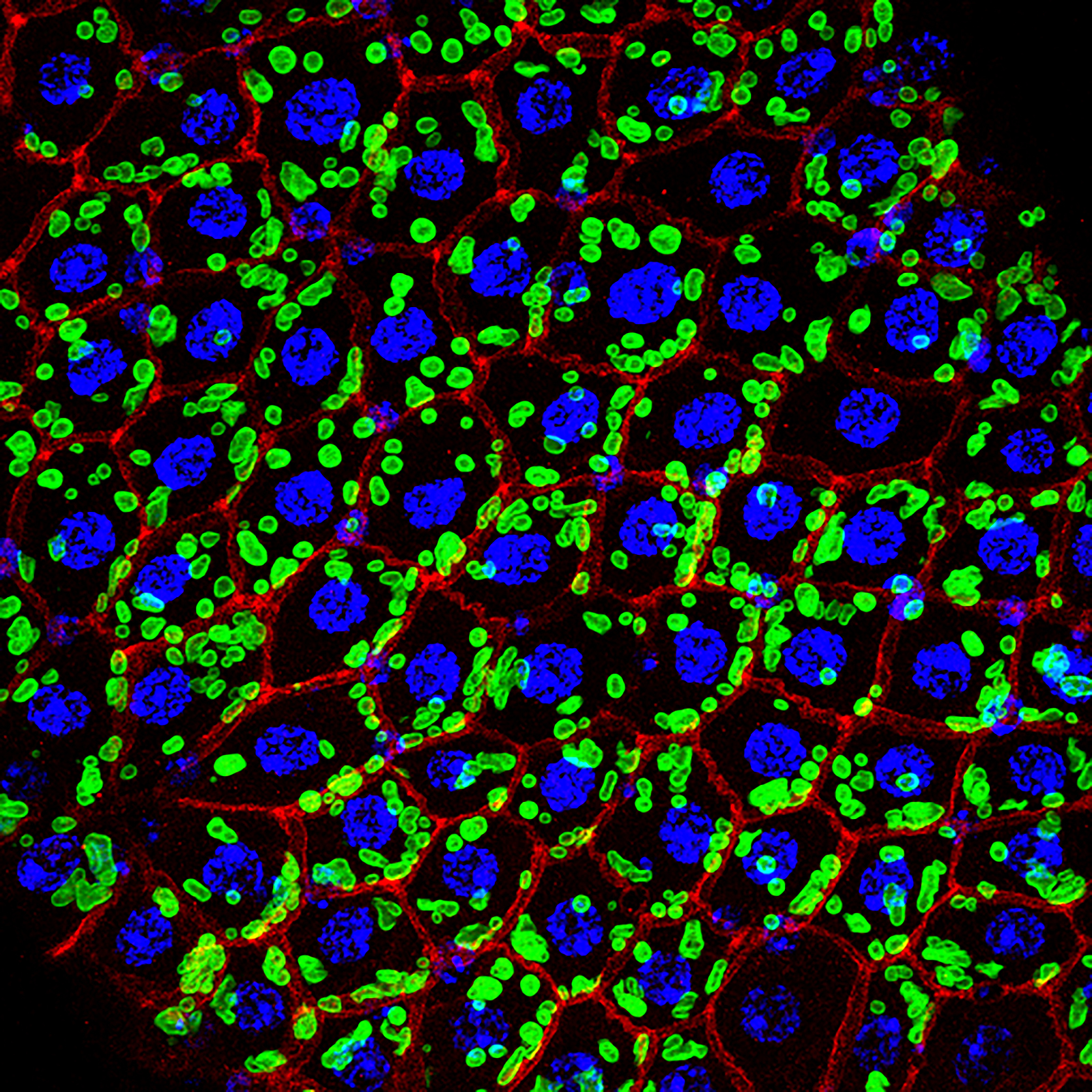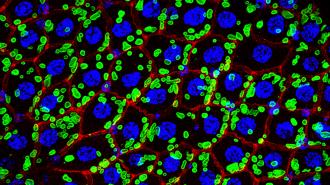A new organelle has been found in cells
Harvard University researchers have discovered a new organelle inside the gut cells of the fruit fly — a surprise discovery, staring us in the face, in one of the most well-studied animals in all of science.
The new organelle stockpiles phosphate, a metabolite essential to life. When faced with a shortage, it releases its reservoir in the form of phospholipids, which are a key component of the membrane structure of cells.
“This is one of the first studies to actually find phosphate storage in an animal cell,” Rebekka Wild told Nature’s Gemma Conroy. A structural biologist at French state research organization the Centre national de la recherche scientifique, Wild was not involved with the study.
“It’s really exciting.”
Researchers have discovered a new organelle inside the gut cells of the fruit fly — a surprise in one of science’s most studied models.
What are organelles? An organelle is a structure within the cell analogous to an organ — specialized components to do specific jobs, allowing the whole cell to function, just like your heart, lungs, and liver do for your whole body.
You likely remember some of the big ones from biology class: The nucleus stores genetic code; mitochondria power the cell; a flagellum lets a cell swim around. But despite how long we’ve studied cells — basically since the invention of the microscope — we continue to find new organelles, including one inside scent-sensing neurons discovered just this past winter.
It goes to show the mysteries that still hide inside cells, Rockefeller University geneticist Charles Xu, who conducted the work — published in Nature — while a PhD student in Norbert Perrimon’s Harvard Medical School lab, told Conroy.
“The beauty is there, it’s just waiting for us to discover it.”
Phos for us: Phosphate plays a number of important roles in our physiology. It’s a key component of enamel and other stuff that makes teeth tough, it’s responsible for mineralizing bone, and it’s an important part of cell membranes, DNA, RNA, and proteins.
Xu didn’t set out on an organelle hunt; he wanted to study phosphate’s role in controlling tissue regeneration in fruit flies, Conroy reported.
To do this, the team fed fruit flies phosphonoformic acid, which prohibits the absorption of phosphorus (from which phosphate is derived) in cells. When the researchers examined the cells, they found that turning off this supply caused an increase in cell production.
The organelles, called PXo bodies, act as reservoirs for an electrolyte essential to life.
To figure out why, Xu and colleagues looked at how phosphate impacts gene expression. They dialed in on a gene called PXo, which is similar to a gene found in mammals for creating phosphate-sensing proteins. When phosphate levels were low, the expression of PXo was reduced — sending cell division spiking. Conversely, division slowed down when they engineered PXo to overexpress its protein.
The team tagged the PXo protein with a fluorescent marker to track it — and found it to be involved with mysterious structures inside the cell.
“These were quite visible,” Xu told Conroy, “and we wondered what they were.”

A new organelle: On closer inspection, the team found oval-shaped structures composed of multiple membrane layers, with the PXo protein shepherding phosphate across them. Fittingly named a PXo body, the organelle then changed the phosphate into phospholipids, which cells use in membrane construction.
When the fruit flies had their phosphate intake reduced, the PXo bodies broke open, pouring forth their phospholipids and triggering a stress signal that goosed cell division. (The increase in cell production may be a way to try and stabilize phosphate levels, Xu told Conroy; the idea is more cells can absorb more of the phosphate suddenly floating around.)
The discovery may spark a search for phosphate-storing organelles in other animals — including humans. More research may also help us know how the organelle fits into the life of the cell, how it interacts with the others and how it changes over time.
“It’s opened the door to many other questions,” Xu said.
Editor’s note: This story was updated on 5/17/23 to better reflect where the research took place. While currently at Rockefeller University, Xu conducted the work as a PhD student at Harvard.
We’d love to hear from you! If you have a comment about this article or if you have a tip for a future Freethink story, please email us at [email protected].






